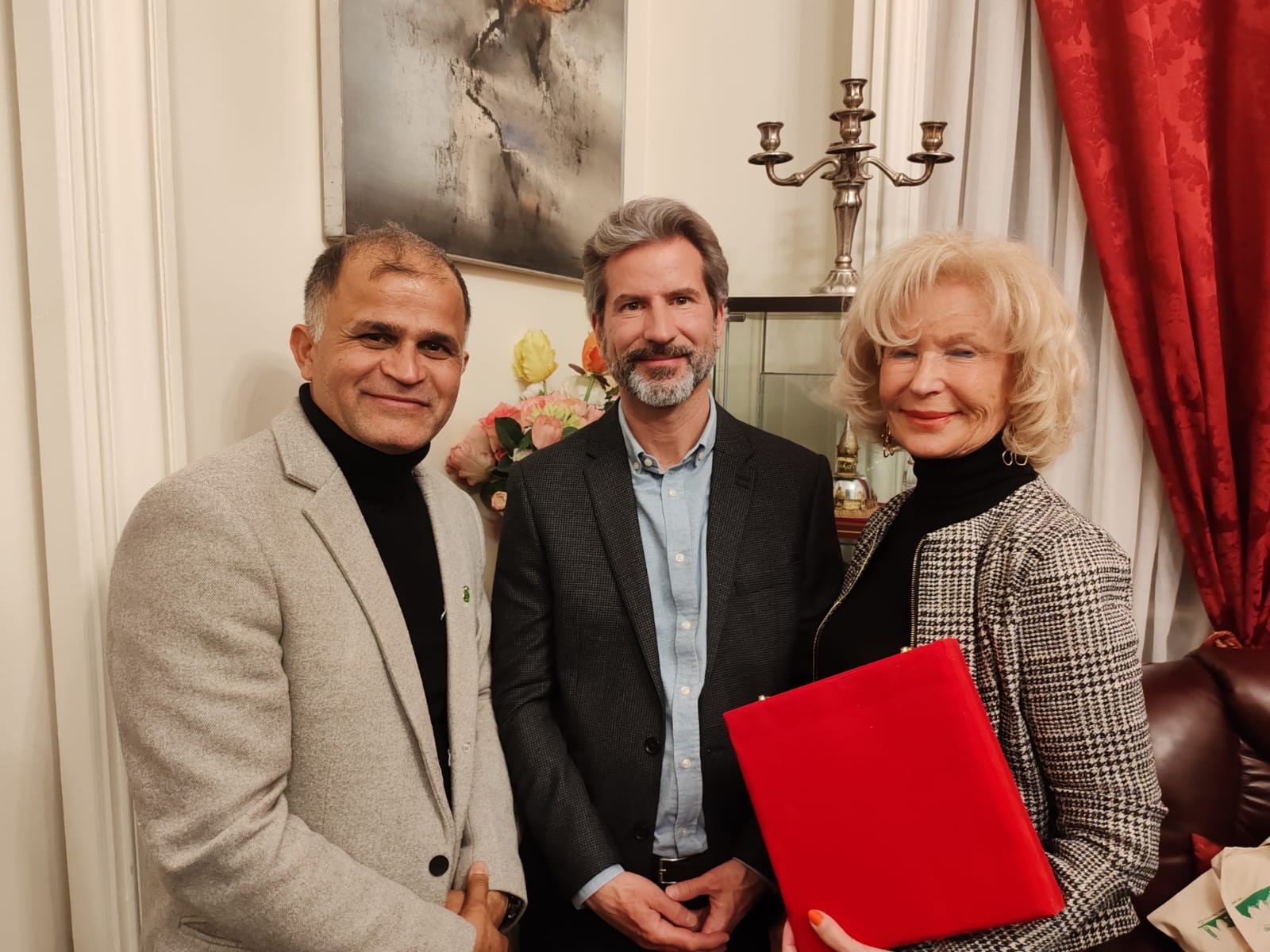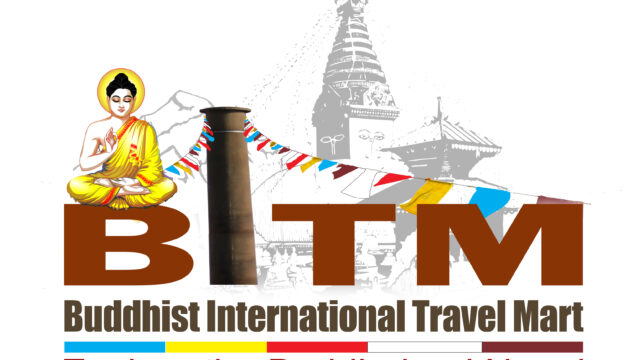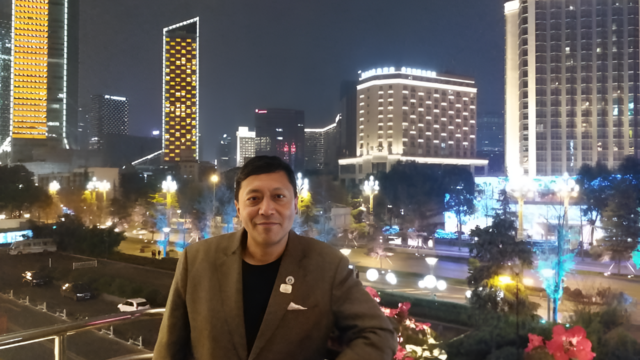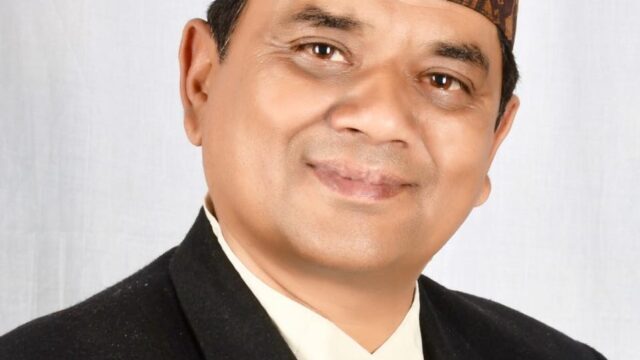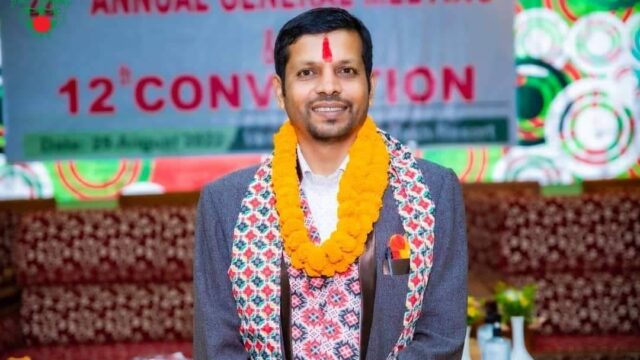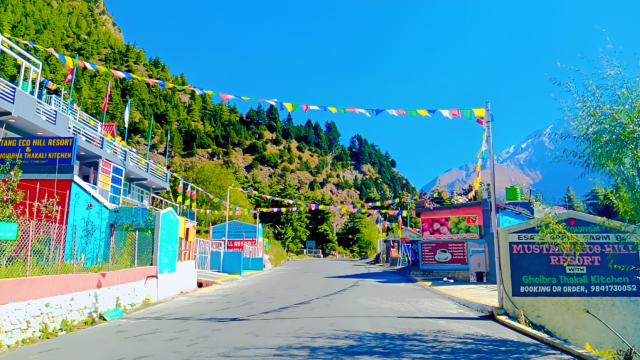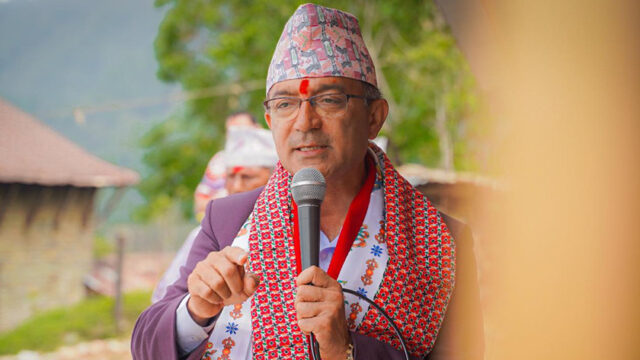As Nepal gears up to celebrate a monumental milestone in its mountaineering legacy the 75th anniversary of the first ascent of Annapurna I (8,091 meters) the Annapurna Diamond Festival is set to take place from Jestha 16 to 21 (May 30 to June 4) at the Annapurna Base Camp in Annapurna Rural Municipality-4, Narchyang, Myagdi. This grand celebration aims to honor the historical achievement of Maurice Herzog’s 1950 expedition, the first successful ascent of any 8,000-meter peak.
In anticipation of this landmark event, we sat down with Mr. Krishna Prasad Acharya, President of TAAN Gandaki, for an in-depth conversation about the festival’s significance, TAAN’s role, and the future of adventure tourism in the Annapurna region.
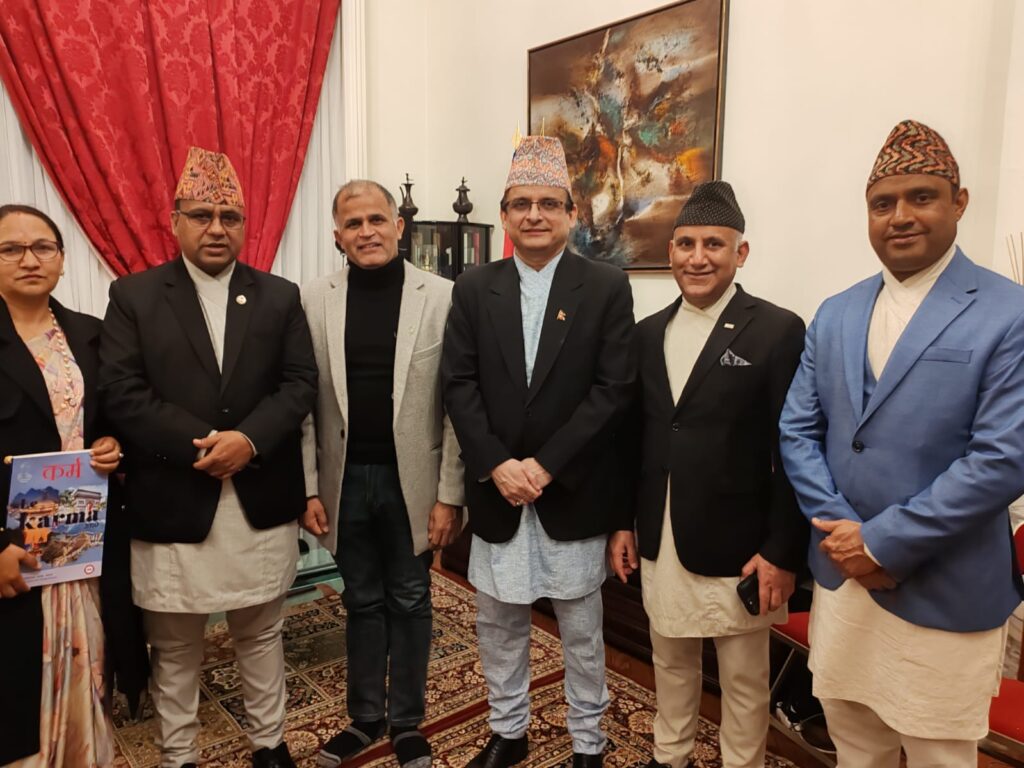
How significant is the Annapurna Diamond Festival in preserving and promoting Nepal’s mountaineering legacy, particularly as we mark the 75th anniversary of the first ascent of Annapurna I?
Mr. Acharya warmly stated, “This festival is a national celebration of Nepal’s pride. Annapurna I, the first peak over 8,000 meters ever climbed, holds historic significance for Nepal and the world.” He highlighted that marking 75 years since Maurice Herzog, Louis Lachenal, and Nepali Sherpas’ 1950 ascent is not just remembrance, but a revival of Nepal’s legacy in global mountaineering. He emphasized that Annapurna brought Nepal its first international recognition as the ultimate high-altitude adventure destination.
What role has TAAN Gandaki played in the planning and execution of this festival, and how do you see its long-term impact on tourism in the Annapurna region?
With a determined smile, Mr. Acharya shared, “We have been giving this festival immense priority. TAAN Gandaki has worked tirelessly for over a year on the groundwork, from route development to international coordination.” He elaborated that this year’s celebration isn’t just a one-time event. “It is a platform to spotlight Narchyang and the Annapurna Base Camp as a premier heritage tourism destination. With increased visibility, the region will attract long-term investment, better infrastructure, and sustainable trekking traffic.”
The festival includes the inauguration of the Maurice Herzog trekking trail. How will this new route influence trekking tourism and the local economy in Narchyang and nearby areas?
Mr. Acharya beamed with pride as he explained, “The Maurice Herzog trekking trail is historic. It retraces the very path Herzog and his team took in 1950. It’s more than a trail, it’s a living museum.” He emphasized that the trail, connecting Narchyang to the Annapurna Base Camp, will not only attract trekkers fascinated by history but also bring opportunities to local communities along the way. “Tea houses, home-stays, guides, porters, everyone benefits economically when tourism flows consistently,” he said thoughtfully.
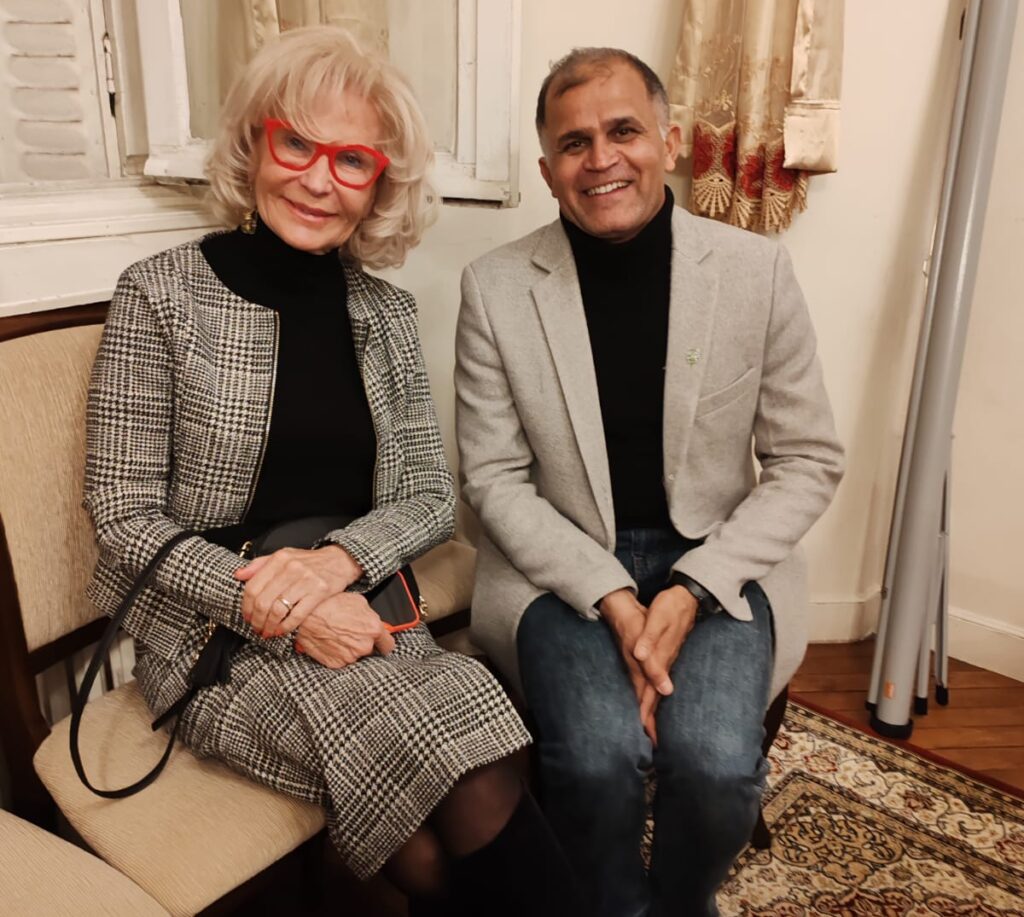
How does TAAN plan to use this festival to strengthen international recognition of Annapurna I and Nepal as premier destinations for adventure tourism?
Mr. Acharya expressed his enthusiasm, stating, “This festival is an invitation to the world. International dignitaries, climbers, and ambassadors are joining us, among them Matthias Herzog, son of the legendary Maurice Herzog, along with his wife and son. Their presence speaks volumes.”
He further added, “By honoring our past through the unveiling of statues of legendary climbers and hosting a multicultural celebration, we aim to place Nepal once again at the center of global mountaineering and adventure tourism.” The festival will feature a variety of events, including a marathon, cultural showcases, and an open-air museum, all designed to highlight Nepal’s rich adventure heritage and reinforce its status as a premier mountaineering destination.
With events like the base camp marathon and the open-air museum, how do you plan to engage youth and local communities in preserving this rich heritage?
With a heartfelt tone, Mr. Acharya responded, “We want our youth to be proud of this legacy. The base camp marathon will involve young runners from all eight wards of Annapurna and five surrounding municipalities.” He smiled as he added, “The open-air museum and cultural programs, traditional dances, local music, and the handover of Herzog’s original climbing gear will inspire young people to appreciate and preserve our heritage.” This ensures the legacy is not only remembered but lived.
What kind of participation are you expecting from domestic and international tourists, and how are you promoting this event on a global scale?
Mr. Acharya replied confidently, “We are expecting over 60 marathon participants alone. Add to that the cultural delegations, tourists, and international guests, we anticipate several hundred attendees from Nepal and abroad.” He explained that TAAN Gandaki has been working closely with the Ministry of Culture, Tourism and Civil Aviation, international travel agencies, embassies, and media houses to promote the festival globally. “This is not just a national event, it’s a global reunion of mountaineering lovers,” he said with a proud smile.
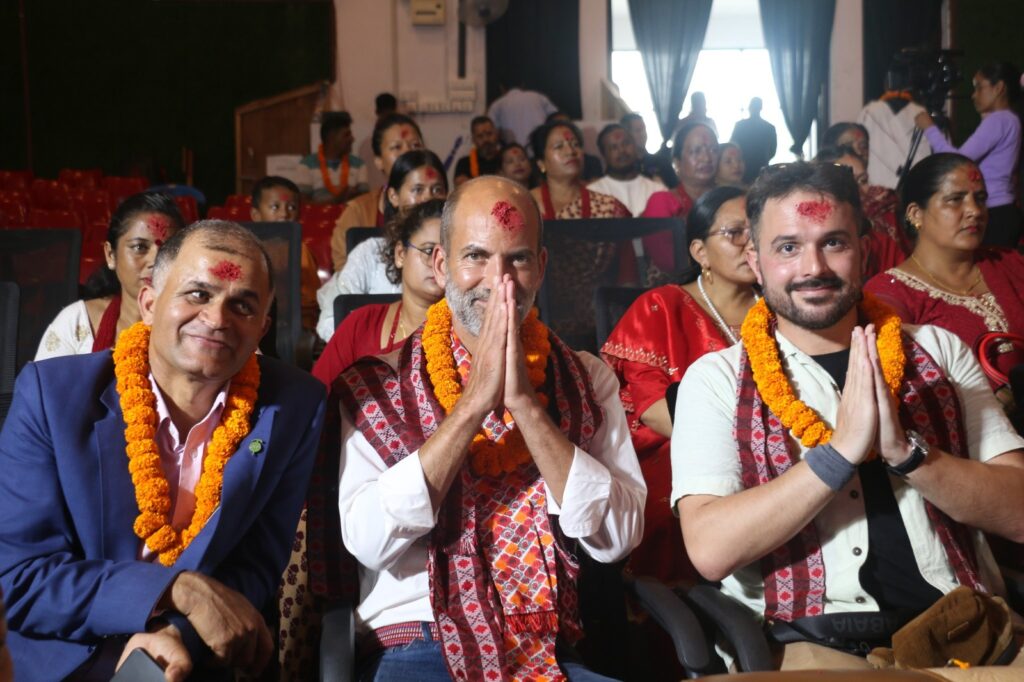
Do you see this festival becoming an annual or recurring event? If so, what vision does TAAN Gandaki have for its future editions?
He nodded thoughtfully and replied, “Absolutely. Our goal is to institutionalize the Annapurna Diamond Festival as an annual celebration.” Mr. Acharya envisions future editions that highlight not only Annapurna’s climbing history but also conservation, women in mountaineering, sustainable tourism, and education for the next generation of climbers. “We want it to grow year after year, with deeper roots and wider wings,” he said with enthusiasm.
How important is collaboration with local governments, trekking communities, and international partners in organizing such a large-scale event?
With clear conviction, Mr. Acharya noted, “Without collaboration, this festival would not have been possible. From the Annapurna Rural Municipality to trekking communities, local youth clubs, and our friends from France, everyone has come together.” He stressed the importance of such partnerships for long-term tourism development. “Unity is the foundation for sustainable tourism. This event shows how local and global teamwork can make something incredible happen,” he smiled.
In terms of infrastructure and accessibility, what improvements have been made to ensure the success of this event and future tourism growth?
He responded with measured clarity, “We’ve made several improvements, from road access between Pokhrebagar and Humkhola, to trail renovations, safety signage, sanitation upgrades, and local training programs.” Mr. Acharya also emphasized the symbolic importance of showcasing infrastructure improvements to global visitors. “We want tourists to feel welcome, safe, and inspired by both nature and culture,” he added.
Looking ahead, how does TAAN Gandaki plan to sustain and build on the momentum generated by the Annapurna Diamond Festival?
With great optimism, Mr. Acharya shared plans for heritage preservation, eco-tourism projects, and annual cultural exchanges centered around the Maurice Herzog Trail, aiming to establish it as a top global heritage trek. He warmly added, “Nepal’s mountains tell stories of courage, unity, and legacy that inspire generations worldwide.” The program will also be graced by the presence of the Prime Minister, underscoring its national importance.
Closing Message From The President
With heartfelt enthusiasm, Mr. Acharya invited everyone: “I warmly invite all Nepali and international friends to join us in this historic celebration at the Annapurna Diamond Festival. This program is organized under the visionary leadership of Annapurna Rural Municipality, in collaboration with the TAAN Gandaki, Nepal Tourism Board, Nepal Mountaineering Association (NMA), and other tourism development committees. Together, we will celebrate our glorious past and pave the way for a vibrant, sustainable future in Nepal’s adventure tourism.”
